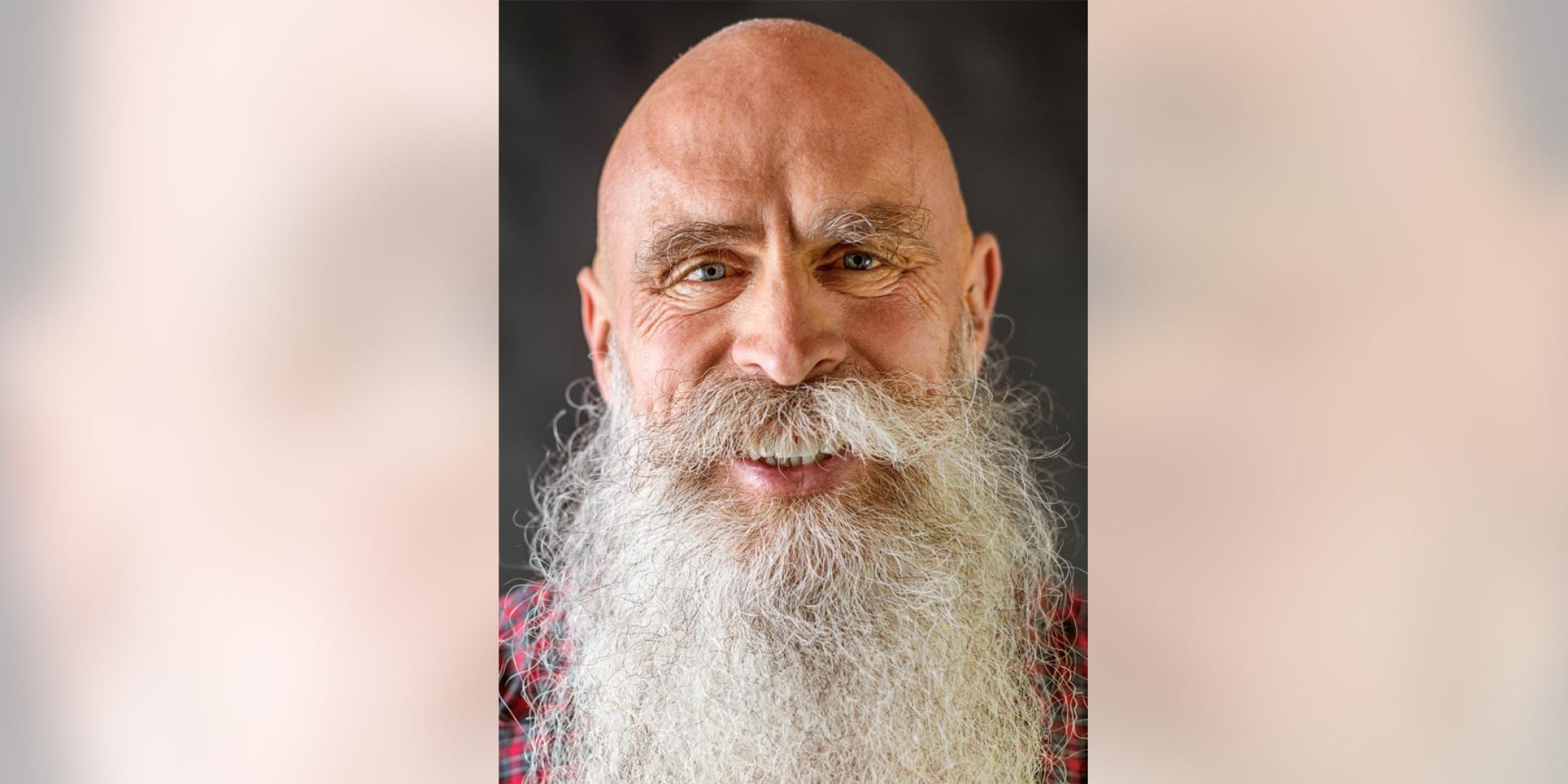I am a 60-year-old gay man, living with HIV for 40 years. I became involved in HIV research as a volunteer for the first AZT trials in 1988, and have been involved in HIV cure research for the past 15 years. I am currently the community engagement coordinator for the RID HIV Collaboratory for HIV cure research.
When did you participate in an ATI trial?
My trial was in 2010–2011 for the BioNor vaccine, which has been lost to oblivion. The ATI type was time to loss of virologic control.
What was it like for you to participate in an HIV cure-related clinical trial?
I was excited to participate in a cure trial, as there were very few at that time. The ATI was during flu season, and so of course I got the seasonal flu shortly after starting the ATI. My viral load spiked, and I had to go back on treatment. Oddly, after resuming my previous regimen, I kept blipping [spiking] despite no demonstrated drug resistance, so I ended up having to add maraviroc to keep my HIV undetectable. I knew resistance was a possibility, but was surprised to see it happen in me.
What do you wish had happened before the ATI?
I wish they had timed the study to avoid the seasonal flu or ensure the flu shot would not interfere with study participation, which I believe is now recommended in ATI protocols.
What happened during the ATI?
This was before U=U [Undetectable equals untransmittable, the evidence-based principle that having an undetectable viral load as a result of consistent antiretroviral treatment renders the person living with HIV unable to pass the virus on through sex], so I was prepared to use condoms with any HIV-negative partners and disclose my ATI to any HIV-positive partners. Because I came down with the flu almost immediately after starting the ATI, this was never an issue.
What do you wish had happened afterward?
Resistance testing should be provided by the study, though in my case the tests my regular doctor conducted showed no resistance that could account for my blipping.
What is your call to action or change?
Study designs should consider other circulating endemic viruses like new COVID variants and/or seasonal flu and how they can impact viral load during ATIs. Stopping criteria may need to be amended to account for these, provided viral load is re-suppressed quickly without significant CD4 decreases. Otherwise, we could lose patients and data, and/or interventions could appear to be less efficacious than they are.
Back to: Actively searching


